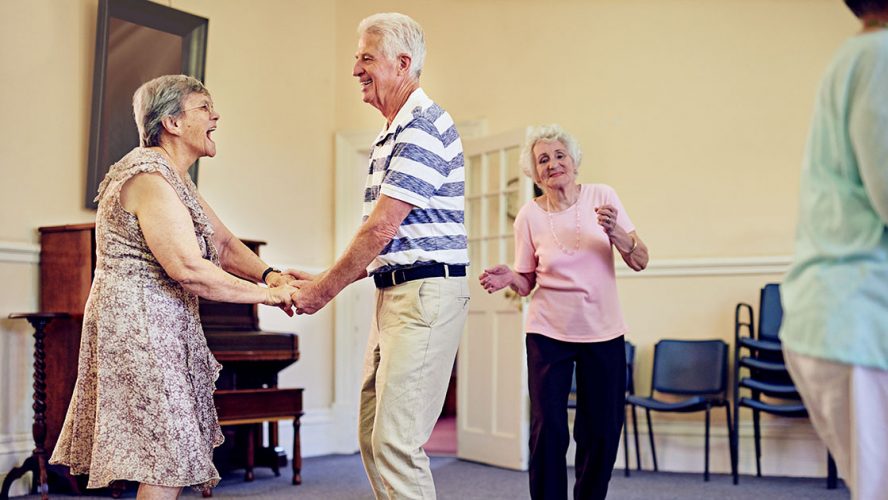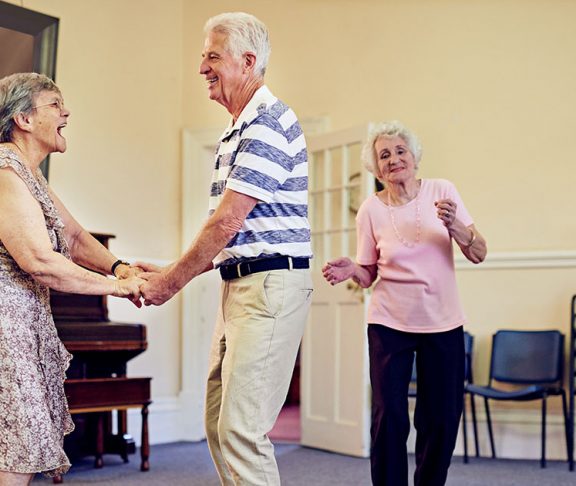Following a stroke, the physical and communication deficits that some people experience may discourage them from getting back to activities they once enjoyed. This is understandable, as stroke survivors may feel self-conscious about the differences in their speech or physical appearance. However, stroke survivors should be encouraged to seek out social situations, as they yield tremendous benefits.
Many survivors will deal with the after effects of a stroke for years or even the rest of their lives. Once formal outpatient treatment by speech-language pathologists and physical and occupational therapists ends, a patient’s condition can still continue to improve. In particular, their speech and communication skills will benefit from as much practice as possible. Avoiding interactions with others can lead to social isolation and negatively impact a person’s quality of life — both of which can affect overall recovery.
Here are some resources and tips from the American Speech-Language-Hearing Association for re-engaging in life following a stroke.
1. Join stroke-specific support and social groups
In addition to finding comfort from others in a similar situation, many groups organize social outings and events tailored to stroke survivors’ unique needs. Find a local option near you.
2. Reconnect with church or religious groups, book clubs, hobby-related groups and other networks
These can all be positive outlets for a stroke survivor to enjoy themselves as well as practice communication skills.
3. Look into options at local senior centers
Many have programs where stroke survivors will feel comfortable and thrive.
4. Carry an Aphasia ID card
For survivors who are experiencing aphasia, a communication disorder that can affect a person’s speech, language, reading and writing following stroke or other brain injury, having this card to present to employees at businesses, law enforcement personnel, or anyone else whom they are interacting with can help explain the challenge they are having in communicating. Get your card now.
5. Visit (and revisit) familiar places
Frequenting smaller businesses where employees get to know their customers can help make public outings more comfortable for stroke survivors. Become a regular at a few favorite spots!
6. Adopt helpful communication strategies
If communication is a challenge, stroke survivors can try these strategies to make conversations more successful:
- Get the person’s attention before speaking.
- Say one word at a time if sentences are hard.
- Use gestures to help communicate, like pretending to eat if you want to tell someone you are hungry.
- Point to objects or pictures to help others know what you are talking about. Draw a picture or write a letter or word.
- Write out key words or sentences before having a conversation on a specific topic.
- Develop a “script” and practice a particular message you want to say.
- Ask the person to give you time to speak.
- Make sure you can see the person’s face when they are talking and try to avoid situations with background noise and distractions.

